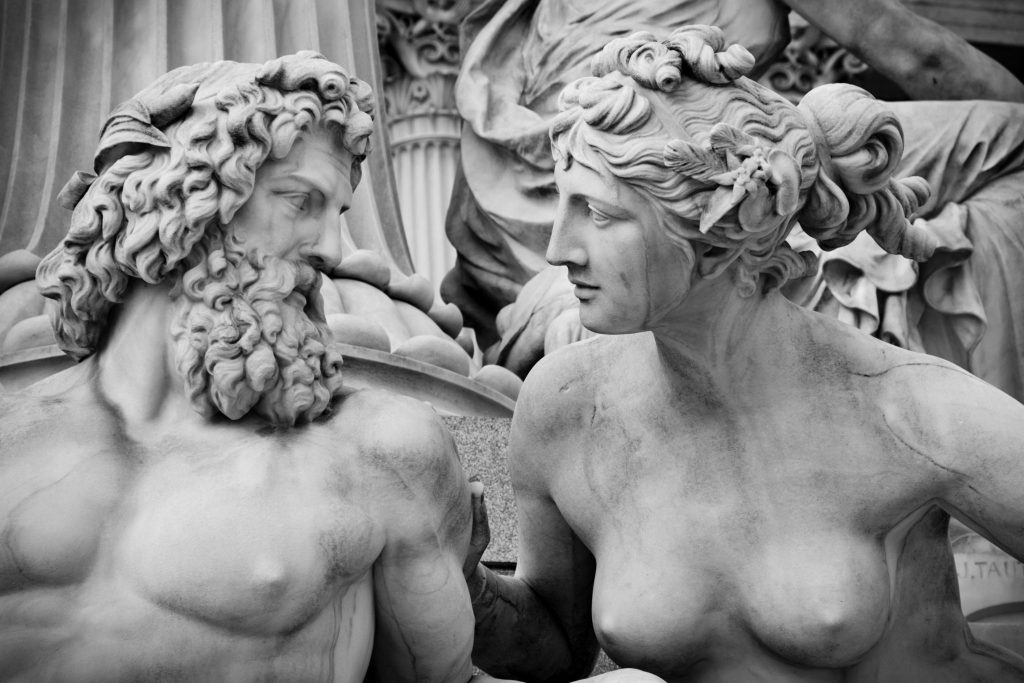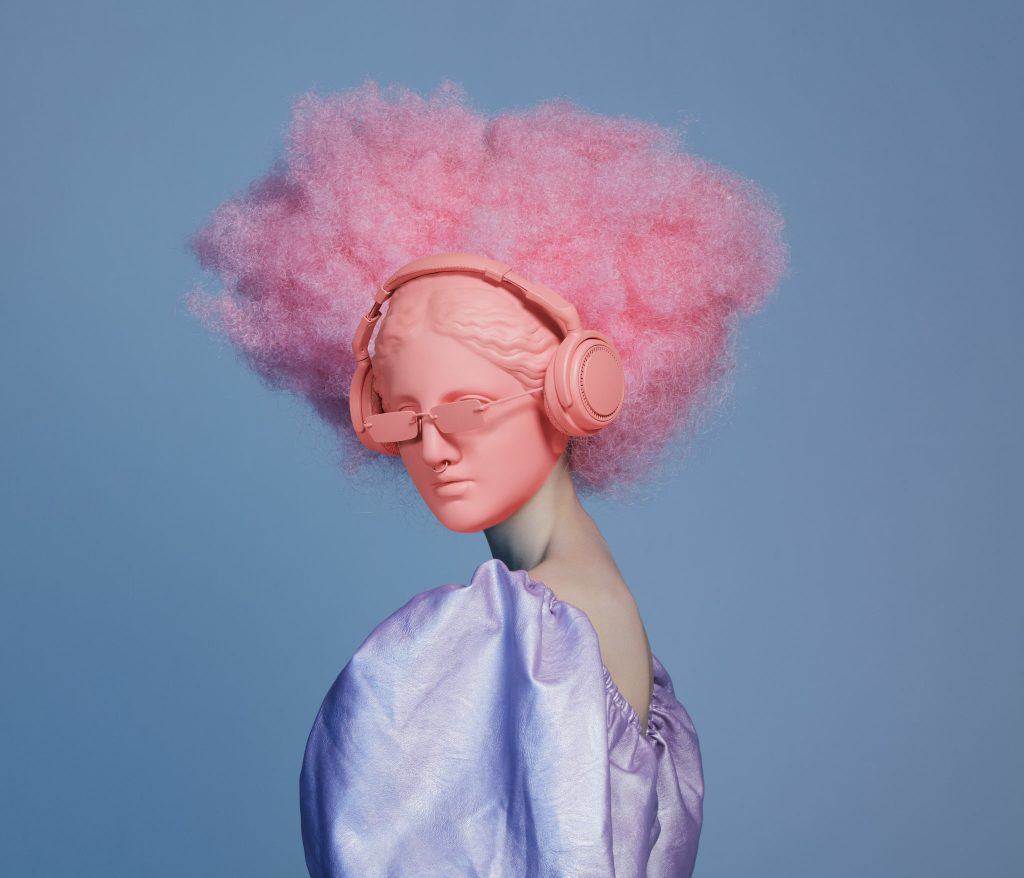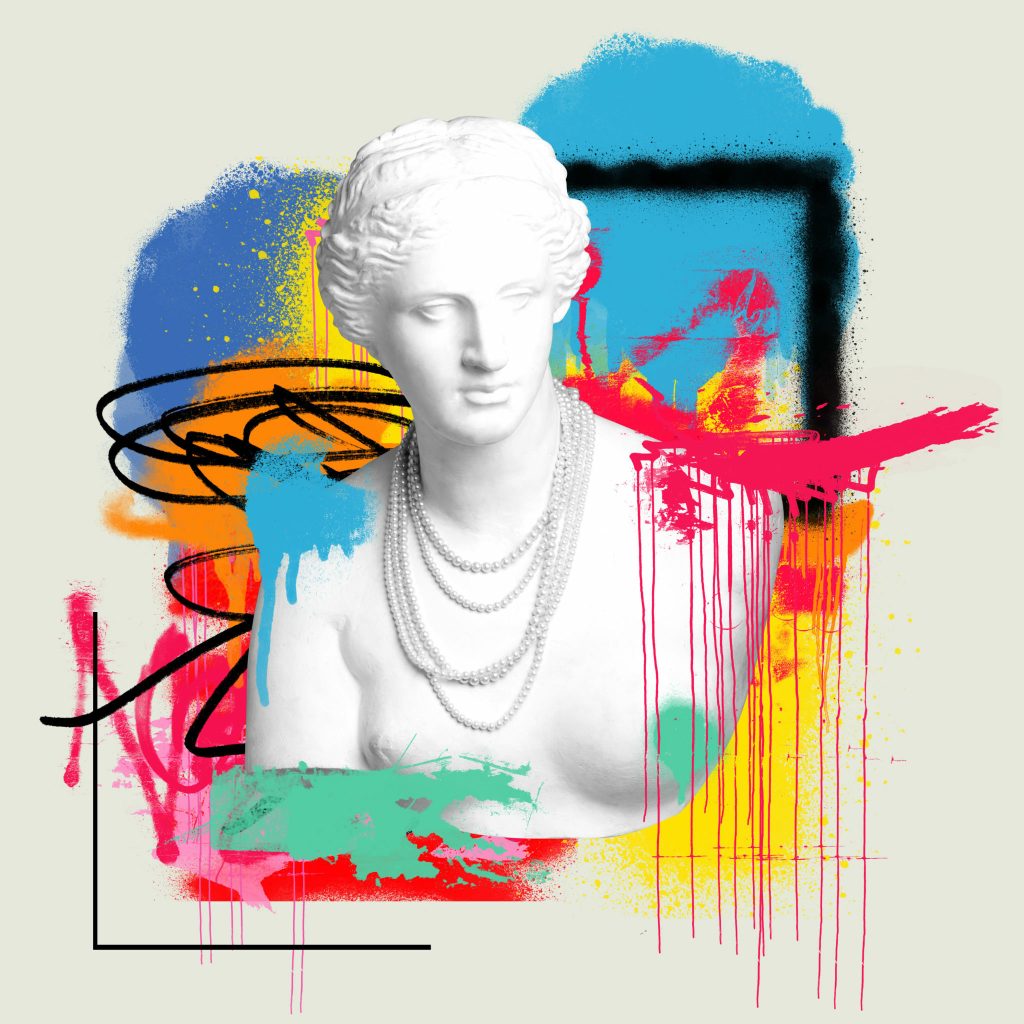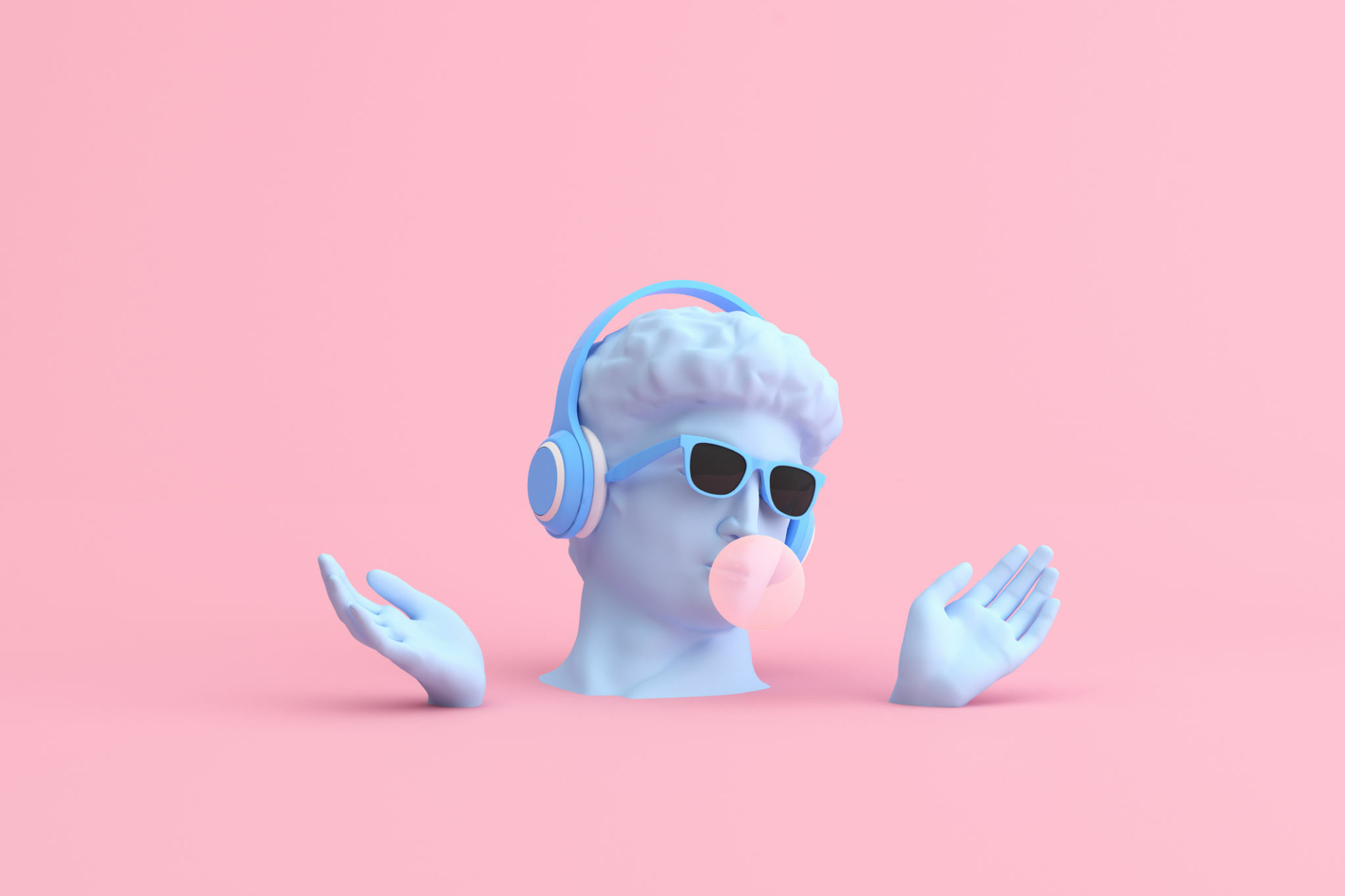Sculpture Through Time: The Evolution from Vintage to Modern Traces the evolution from its vintage origins to contemporary forms and offers a fascinating glimpse into the heart of artistic innovation. This journey spans centuries, capturing the essence of each era’s cultural and societal zeitgeist. In this exploration, we uncover how sculpture, as a dynamic and expressive art form, has mirrored the shifting values and aesthetics of different periods. From the meticulously crafted realism of vintage sculptures to the abstract and conceptual boldness of modern works, this narrative is not just about artistic change but also a reflection of human history and progress.
The Charm of Vintage Sculpture:
Key Traits: Vintage sculptures, from ancient times to the early 20th century, are celebrated for their realism, intricate craftsmanship, and often idealized forms. These pieces predominantly feature human figures, religious themes, and mythological subjects.
Materials and techniques: The use of marble, bronze, and wood characterized by durability and timelessness, was prevelent.Techniques focused on detailed carving and casting, emphasizing proportion, balance, and symmetry.

The Shift to Modern Sculpture
Breaking convention: The late 19th and early 20th centuries marked a pivotal shift towards modernism. Artists began exploring abstract forms and diverse, often personal, themes, moving away from representational art.
Innovative Materials and Methods: Modern sculptors employed a broader range of materials like steel, glass, plastic, and found objects, reflecting the industrial age’s influence. Their methods varied, including both additive and subtractive processes.

Vintage Vs Modern: A Contrast :
Aesthetic Evolution: while vintage sculpture emphasizes beauty and idealized forms, modern sculpture focuses on expressing ideas and emotions. Modern pieces might aim to provoke thought or comment on contemporary issues, rather than seeking traditional visual appeal.
Cultural Reflections: Vintage sculptures often served religious or commemorative purposes, mirroring the value of their times. Modern scuptures, conversely, frequently address current events, social issues, and the contemporary human experience.

The progression of Sculpture Through Time: The Evolution from Vintage to Modern from vintage to modern sculpture showcases the dynamic and evolving nature of art. This shift not only mirrors artistic progress but also reflects the changing paradigms of human thought and culture over time. both vintage and modern sculptures provide valuable insights into their respective eras, demonstrating the vast potential of three-dimensional artistic expression.







